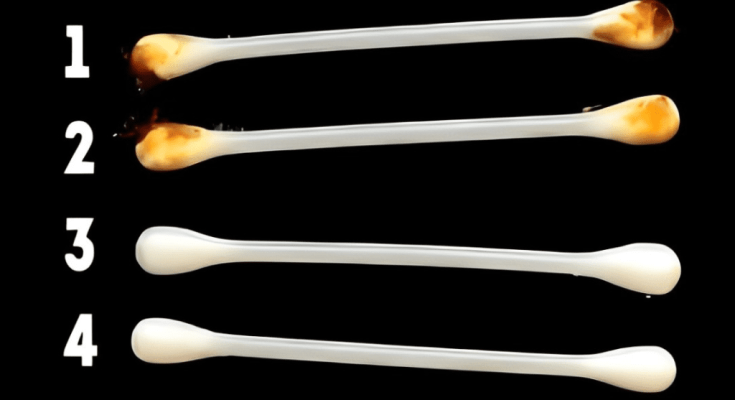Our ears reveal our true state of health
Our ears do more than just help us hear—they can also provide important clues about our overall health. While many people think of earwax as a nuisance to be cleaned out, it actually serves as a protective barrier, trapping dirt and bacteria to prevent infections. But did you know that the color, texture, or smell of your earwax could signal underlying health issues?
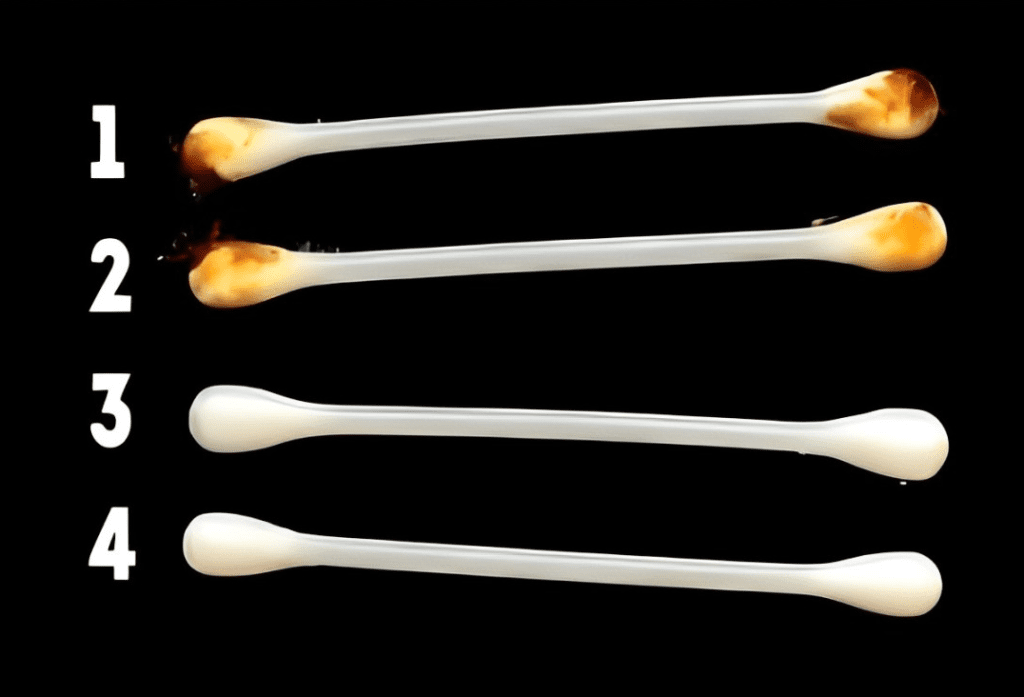
Let’s explore the different types of earwax and what they could reveal about your health. If you notice any of these warning signs, it might be time to pay closer attention to your body and consult a healthcare professional.
Why Earwax Is More Than Just “Waste”
Earwax, medically known as cerumen, is often misunderstood. Many people view it as an unwanted byproduct that causes itching or discomfort, leading to the habit of frequent ear cleaning. However, earwax plays a vital role in ear health:
- Protection: It prevents dirt, bacteria, and debris from entering the ear canal.
- Moisturization: It keeps the ear canal from becoming dry and irritated.
- Antibacterial Properties: It helps protect the ears from infections by trapping harmful microorganisms.
Frequent or aggressive cleaning can actually remove this natural defense and make the ear more vulnerable to infections. That said, the appearance or smell of earwax can sometimes serve as a red flag for underlying health problems.
Signs Your Earwax Might Be Telling You Something
1. Gray Earwax
If your earwax is gray but you have no other symptoms, there’s no need to panic. This could simply be a result of exposure to dust and pollution, which is more common in urban areas. However, if you also notice irritation or discomfort, it might be worth checking with a healthcare professional to rule out other issues.
2. Blood in Your Earwax
Spotting blood in your earwax is a clear warning sign that shouldn’t be ignored. It may indicate a perforated eardrum or another injury inside the ear canal. This can make the ear more susceptible to infections such as otitis media. If you notice blood, see an ENT (ear, nose, and throat) specialist immediately to prevent further complications.
3. Dark Brown Earwax
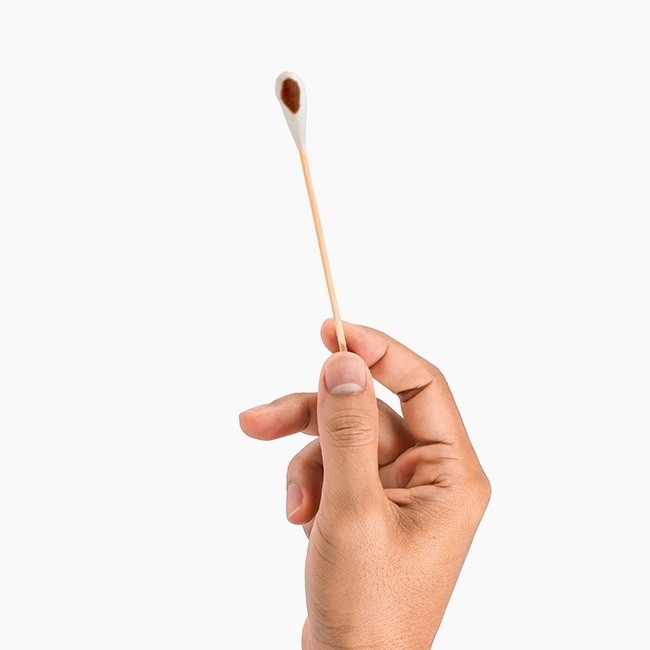
Dark brown earwax, especially if there’s more of it than usual, can be a sign of stress. Stress can cause your body to produce more earwax as part of its response to heightened cortisol levels. If this is the case, take some time to relax in a quiet environment to help reduce your stress levels.
4. Black Earwax
A single instance of black earwax is likely nothing to worry about, but recurring black earwax accompanied by itching could point to a fungal infection. Fungal infections in the ear, known as otomycosis, require medical attention and antifungal treatments.
5. White Earwax
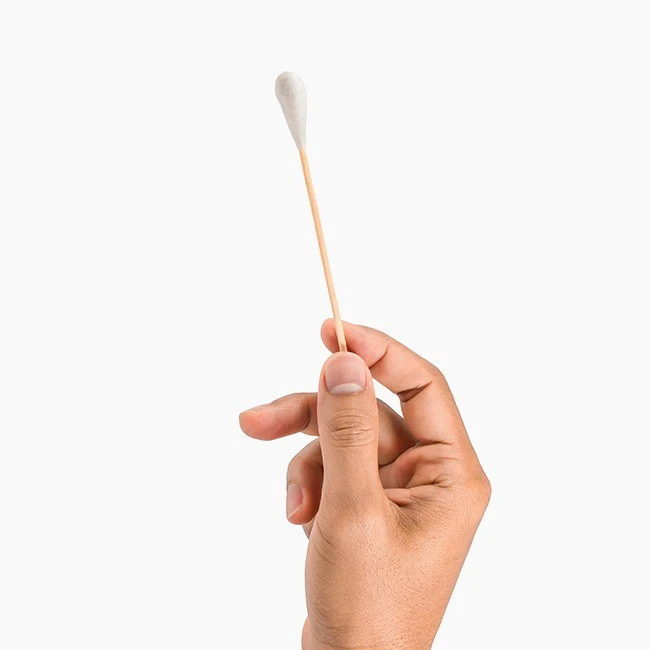
White earwax might indicate a deficiency in essential vitamins and minerals, such as iron or copper. A diet rich in beans, oats, and other iron- and copper-containing foods can help address this deficiency. If the issue persists, consider consulting a healthcare provider to assess your nutritional needs.
6. Strong-Smelling Earwax
If your earwax has a foul odor, it could be a sign of a middle ear infection. These infections can cause additional symptoms like hearing loss, a sensation of fullness in the ear, or even pain. Don’t ignore these signs—seek medical attention promptly to prevent the infection from worsening.
7. Liquid Earwax
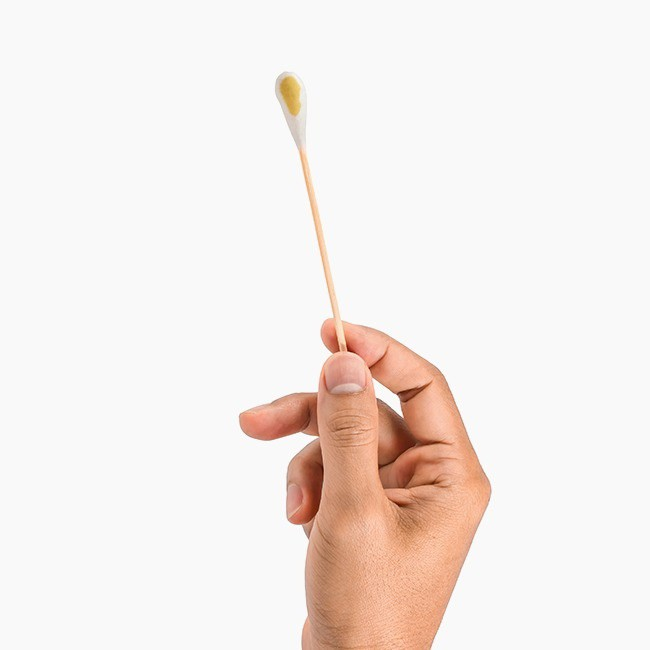
A sudden change in the texture of your earwax, such as becoming more liquid than usual, can also signal an infection. Liquid earwax could indicate that the ear is attempting to flush out bacteria or other irritants. A visit to a doctor can help confirm the cause and provide appropriate treatment.
8. Dry Earwax
Dry earwax may be a sign that your body is lacking essential fats and water. Dehydration and low-fat diets can lead to this condition, so increasing your water intake and incorporating healthy fats like nuts and avocados into your meals can help. Additionally, dry earwax might also be linked to skin conditions like dermatitis, which may require specialized treatment.
How to Maintain Healthy Ears
Now that you know what your earwax might be trying to tell you, here are some tips to keep your ears healthy:
1. Avoid Overcleaning
Excessive ear cleaning can strip away the protective barrier that earwax provides. It’s usually sufficient to clean the outer ear with a damp cloth—let your ears handle the rest naturally.
2. Use Safe Cleaning Methods
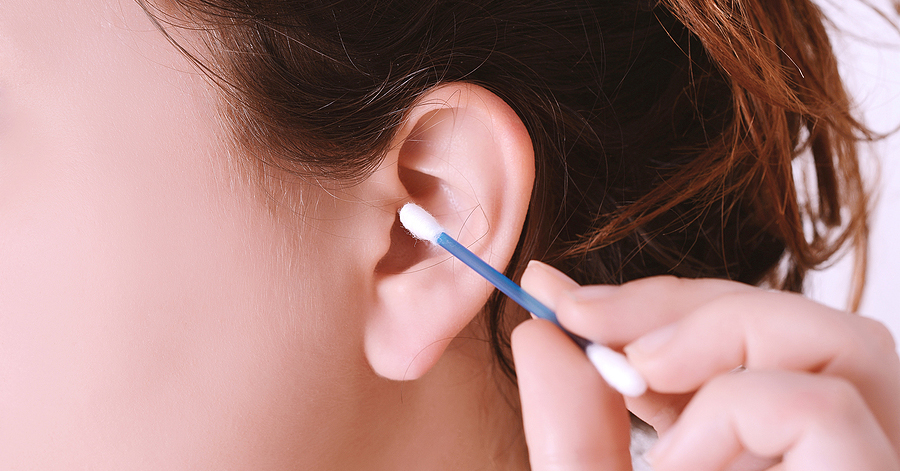
If you feel the need to remove excess wax, use ear drops or consult a professional. Avoid using cotton swabs, as they can push wax deeper into the ear canal or even cause damage.
3. Stay Hydrated and Eat a Balanced Diet
As mentioned earlier, certain types of earwax may signal deficiencies or dehydration. Drinking enough water and eating a balanced diet rich in vitamins and minerals can support overall ear health.
4. Protect Your Ears from Noise and Pollution
Excessive exposure to loud noises and environmental pollutants can affect not only your hearing but also the quality of your earwax. Wearing ear protection in noisy environments and minimizing exposure to air pollution can help.
5. Regular Check-Ups
If you experience persistent changes in your earwax or notice symptoms like discomfort, odor, or blood, don’t hesitate to visit a doctor. Regular check-ups can catch potential issues early before they develop into more serious problems.
When to See a Doctor

While many changes in earwax are harmless and temporary, there are times when a medical evaluation is necessary. Seek professional help if you notice:
- Persistent blood in your earwax
- A foul smell accompanied by other symptoms of infection
- Chronic itching or black earwax
- Hearing loss or pain in your ears
Your ears are a vital part of your overall health, and addressing concerns early can save you from complications down the road.
Conclusion: Listen to What Your Ears Are Telling You
Your earwax might seem like an insignificant part of your body, but it holds valuable insights into your health. From stress and nutritional deficiencies to infections and injuries, the signs are often there if you know what to look for. By paying attention to these subtle changes and maintaining healthy habits, you can keep your ears in top condition.
So the next time you clean your ears, take a moment to notice what your earwax might be saying—it could reveal more about your health than you ever imagined!

